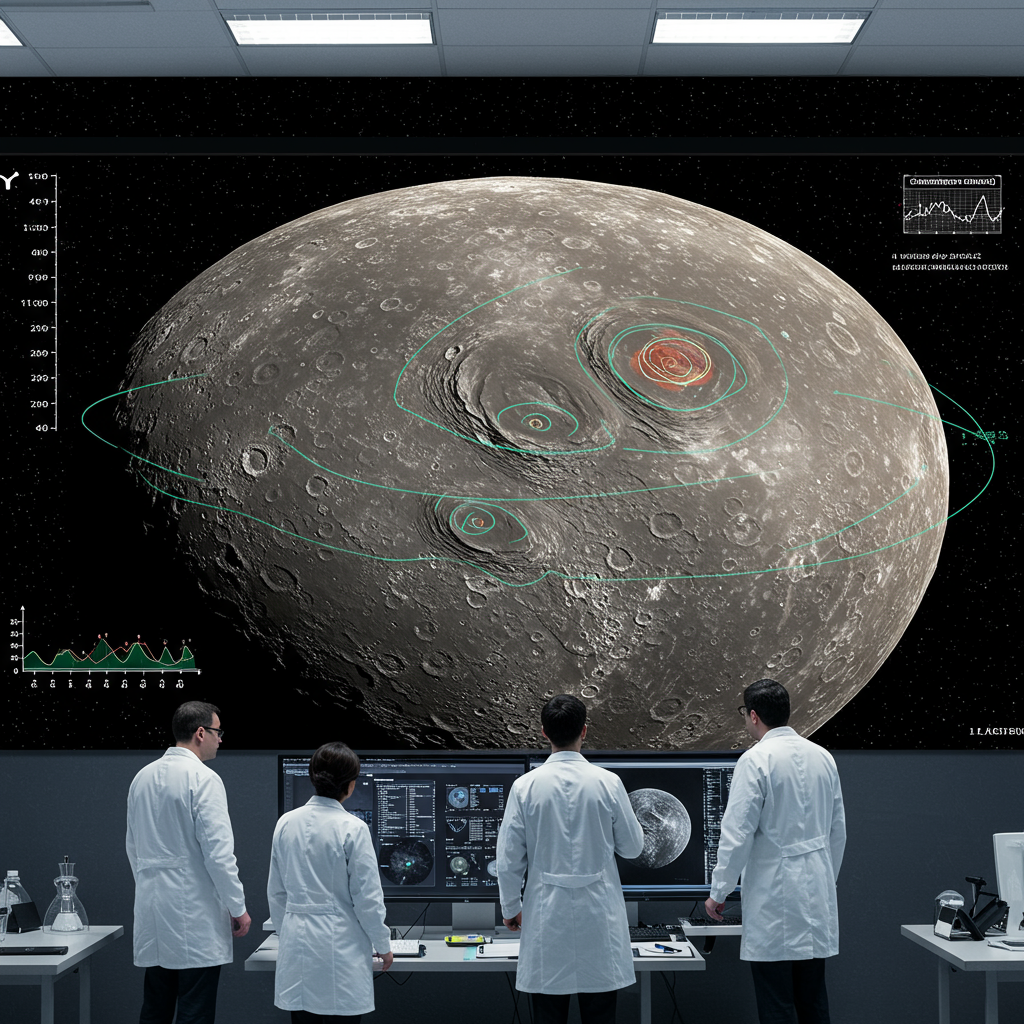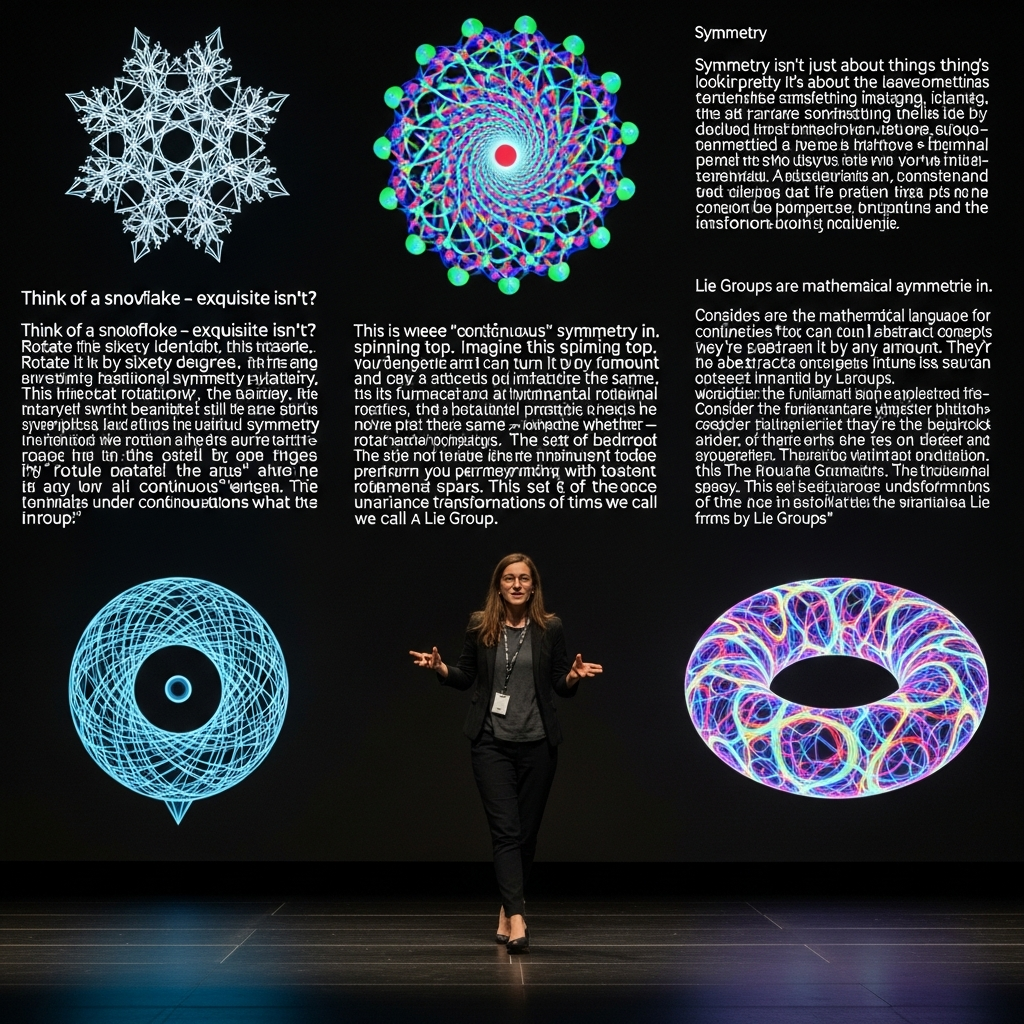Mercury, the solar system’s smallest planet, endures a harsh existence. Its scorching proximity to the Sun leaves it battered, scarred by countless impacts and exhibiting a surface crisscrossed with mysterious cracks, towering cliffs, and ridges. Scientists have long debated the precise origins of these extensive surface features, questioning how the planet cooled and contracted billions of years ago in such an unusual way.
Traditionally, the dominant theory posited that as the molten material leftover from Mercury’s formation cooled, its interior shrank, causing the outer crust to wrinkle and crack much like a drying apple. This cooling and contraction certainly played a significant role in shaping the planet’s geology. However, evidence also indicated lateral shifts on Mercury’s surface that weren’t fully explained by simple shrinkage.
Now, groundbreaking research from the University of Bern offers a compelling new piece to the puzzle: the Sun’s powerful gravitational influence, specifically its tidal forces, may be a key factor in the formation and orientation of Mercury’s surface scars.
Mercury’s orbit is one of the most peculiar in the solar system. It’s highly elliptical, meaning its distance from the Sun varies significantly. It also rotates on its axis exactly three times for every two orbits it completes, a unique resonance. These orbital characteristics mean the tidal forces Mercury experiences from the Sun aren’t constant; they vary dramatically over time.
A team of researchers, led by Liliane Burkhard at the University of Bern, used physical models simulating Mercury over the past 4 billion years to investigate how these variable tidal forces might have influenced its crust. Their findings, detailed in the Journal of Geophysical Research: Planets, reveal a previously underappreciated effect.
While earlier studies often dismissed tidal forces as too small to significantly deform a planet’s crust, the new research highlights a critical nuance. The study’s models showed that the magnitude of the Sun’s tidal stresses alone may not be sufficient to initiate faulting across the entire planet. However, the direction of these tidally induced shear stresses aligns remarkably with the observed orientations of fault-slip patterns and tectonic features on Mercury’s surface.
This suggests that even if global cooling and contraction provided the primary force for deformation, the Sun’s powerful tidal pull influenced how and where that deformation occurred. Tidal forces acted as a subtle but persistent sculptor, guiding the development and alignment of tectonic features over vast timescales. As Burkhard noted, “We can see tectonic patterns on Mercury that suggest more is going on than just global cooling and contraction.”
Understanding how a planet like Mercury deforms over billions of years helps scientists refine models applicable to other planetary bodies, illustrating how even seemingly subtle external forces can leave a lasting geological mark.
Adding to Mercury’s scientific intrigue, separate research based on data from NASA’s MESSENGER spacecraft suggests its unusual composition might extend deep beneath the surface. MESSENGER found surprisingly high carbon content on Mercury, including graphite patches. This led to the hypothesis that under the extreme pressure and temperature conditions near Mercury’s core-mantle boundary, carbon could re-crystallize into diamond, potentially forming a layer up to 10 miles (18 kilometers) thick. While unrelated to the surface cracks caused by tidal forces, this proposed diamond layer is thought to play a role in transferring heat from the core, influencing the planet’s magnetic field – another facet of Mercury’s unique geology revealed by scientific investigation.
Future insights into Mercury’s complex surface and interior are expected from the BepiColombo mission. This joint endeavor by the European Space Agency (ESA) and the Japan Aerospace Exploration Agency (JAXA) is currently en route to Mercury. Reaching the elusive planet is challenging due to the Sun’s intense gravity – the very force now implicated in warping Mercury’s crust – making BepiColombo only the third spacecraft ever to visit.
As BepiColombo gathers more data, scientists hope to further unravel the mysteries of Mercury’s heavily sculpted surface and unique internal structure, providing a deeper understanding of planetary evolution close to a star.




